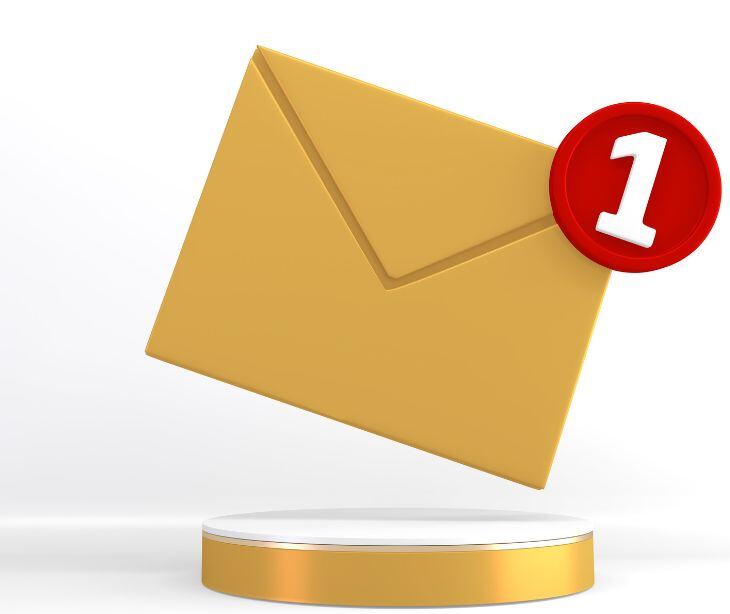
The National Institute of Mental Health defines OCD as, “Obsessive-compulsive disorder (OCD) is a long-lasting disorder in which a person experiences uncontrollable and recurring thoughts (obsessions), engages in repetitive behaviors (compulsions), or both.” Email helps in the treatment of OCD by providing a fast and clear way for therapists to communicate with patients. Among the numerous benefits is the fact that therapists can send detailed instructions and reminders for therapy homework, making it easier for patients to stay on track.
Common forms of treatment for OCD symptoms
The common treatment for OCD is Cognitive Behavioral Therapy (CBT), specifically using a technique called Exposure and Response Prevention (EX/RP). In EX/RP, patients face their fears (exposure) and avoid performing their usual compulsive behaviors (response prevention). A study by Franklin and Foa, 2011, provides that, “The psychosocial intervention that has garnered the most empirical support is exposure and response prevention (EX/RP), which has been studied around the world for the past 40 years and has proven to be a remarkably efficacious and durable treatment for patients with OCD across the developmental spectrum.”
Another common practice is to engage patients in treatment outside the therapy room. Therapists often assign "homework" where patients practice exposure exercises on their own. For example, if someone fears germs and constantly washes their hands, they might touch a doorknob and delay washing their hands for longer periods each time. These tasks help patients apply what they learn in therapy to real-life situations, making treatment more effective.
The role of email in treatment
Email helps in the homework part of treatment by providing quick and clear communication between therapists and patients. Therapists can send detailed instructions instantly so that patients understand their tasks. It also reduces the risk of losing information, unlike physical paper copies. Patients are afforded access resources and links that support their assignments, offering a richer array of materials.
Verbal instructions may be forgotten, but email provides a written record that patients can refer to anytime. It reinforces understanding and adherence to the treatment plan. Ongoing communication between sessions is another benefit. Patients can ask questions or seek clarification, and therapists can respond quickly.
How to effectively improve adherence using email
There are many way HIPAA compliant email can be applied to the adherence aspect of OCD treatment however a few of the most efficient and practical include:
- Send regular reminders for homework assignments at the same time each week. Consistent timing helps patients anticipate and plan for their tasks.
- Include digital forms or links to tracking apps in the emails. Encourage patients to log their progress daily and share updates in follow-up emails.
- Tailor emails to each patient’s specific triggers and challenges. Personalization shows that the therapist is attentive to their individual needs.
- Use an encouraging and supportive tone in all communications. Positive reinforcement can boost motivation and adherence.
- Schedule a weekly email check-in where patients summarize their progress and any difficulties they encounter.
- Acknowledge and celebrate small wins in the emails. Highlighting progress, no matter how small, can motivate continued effort.
- Send an email a day before sessions to remind patients of what will be discussed.
- Use email to set and adjust realistic goals for each week. Provide goals that are achievable to prevent frustration and burnout.
See also: Top 12 HIPAA compliant email services
FAQs
What is personalization?
Personalization is tailoring content to meet the specific needs and preferences of an individual.
Why should personalized treatment emails be HIPAA compliant?
To protect patient privacy and the confidentiality of their medical information.
What is the best time to email patients?
The best time to email patients is typically in the morning or early afternoon when they are more likely to check and respond to emails.
Subscribe to Paubox Weekly
Every Friday we'll bring you the most important news from Paubox. Our aim is to make you smarter, faster.




